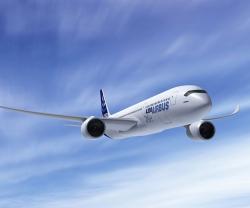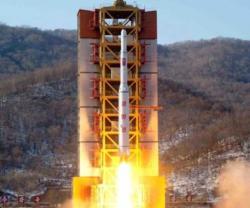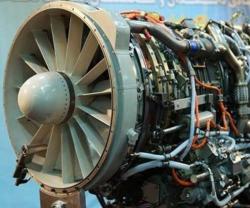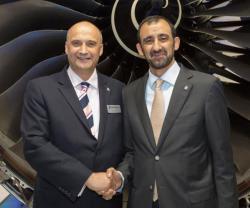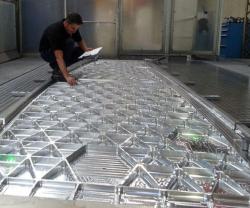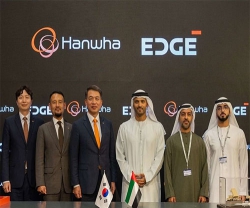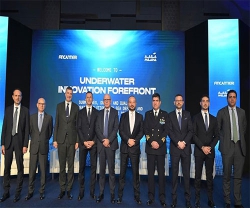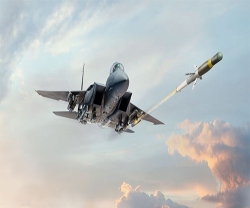Rolls-Royce is presenting new MTU-brand propulsion systems for government vessels at Europe’s leading trade show for the naval defense industry, Euronaval, in Paris from 17 to 21 October 2016.
The new 16-cylinder Series 8000 diesel engine is on show for the first time. The focus on MTU’s stand will also be on advanced-design Series 4000 diesel engines meeting the requirements of the IMO III and EPA Tier 4 emission regulations, MTU’s new SCR system and the advanced-design Series 4000 diesel genset for submarines. The MTU brand is part of Rolls-Royce Power Systems.
Knut Müller, Head of the Marine and Government Business Division at MTU, said: “With the launch of our new and advanced-design diesel engines, we are now offering our customers in the naval industry an innovative portfolio for all applications, which is based on well-proven products that are used worldwide in state-of-the-art vessels, such as frigates, mine-sweepers and submarines.”
As of 2018, in addition to the 20-cylinder version (max. power output of 10,000 kW), which is currently available, MTU will be offering a 16-cylinder Series 8000 engine. With a power output of up to 8,000 kW at 1,150 rpm, the new engine has been designed primarily for government vessels, such as patrol boats and naval vessels, but also ferries and large yachts.
As is the case with the 20-cylinder version, the new 16V 8000 engine features low overall operating costs, high power density and environmental compatibility. The common rail injection system and electronic engine control system make it possible to achieve fuel consumption levels of less than 200 g/kWh and very low exhaust emissions. The engine meets the requirements of the IMO Tier II and EPA Tier II emission regulations and, with additional modifications, will also meet other standards as required.
The Series 8000 engines have been awarded Naval Vessel Rules (NVR) certification by the American Bureau of Shipping (ABS). “The interest in an ABS-certified MTU engine in this power range is high. This is shown by various enquiries received from our Navy customers,” Knut Müller explained. The 20-cylinder version of the Series 8000 engines are the top-selling propulsion engines in their power class for naval vessels.
With a number of technical advances incorporated in the turbocharger system, the combustion process and in the fuel injection system, MTU will be marketing Series 4000 engines as of 2018 that have now been further optimized and will deliver increased performance (1,380 – 3,200 kW) for government vessels. A 20-cylinder version is to be launched for the first time for these applications. With the new SCR exhaust gas aftertreatment system, which has also been developed by MTU, the advanced engines will meet IMO III and EPA Tier 4 emission requirements. This will reduce NOx emissions by around 75 per cent and particulate emissions by around 65 per cent. An additional diesel particulate filter will not be required.
With the integrated system for IMO Tier III and EPA Tier 4 consisting of MTU‘s series 4000 propulsion system and SCR exhaust gas aftertreatment system, the customer will benefit from an optimally matched system. It requires a minimum of installation space and features an excellent power to weight ratio. The exhaust gas aftertreatment system is extremely compact due to the integration of the reactant preparation section in the SCR box. MTU’s SCR system is not preset as is usually the case, but is adjustable. It measures the emissions upstream and downstream of the SCR system and precisely regulates the amount of reactant introduced into the system.
At the Euronaval trade show, MTU is also presenting a model of its advanced-design, Series 4000-based diesel genset for submarines, which has a power output of 1,300 kW. The company began delivering the first units this year. It is designed to exploit the potential of Li-on battery technology to the full and provides significantly reduced charging cycles. As a result of the new genset’s lower fuel consumption, the operational range of vessels can be increased without the need for a larger fuel tank.


